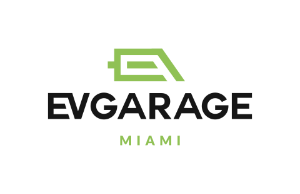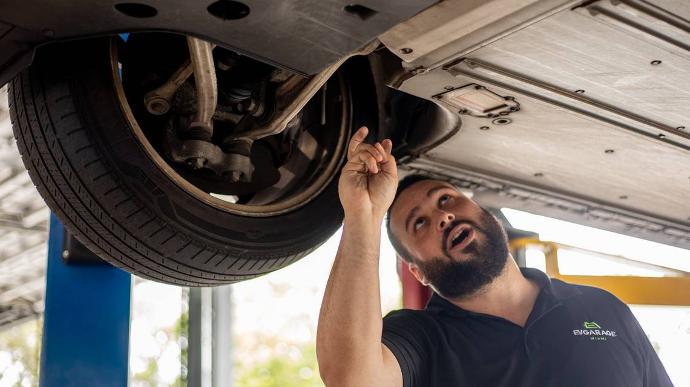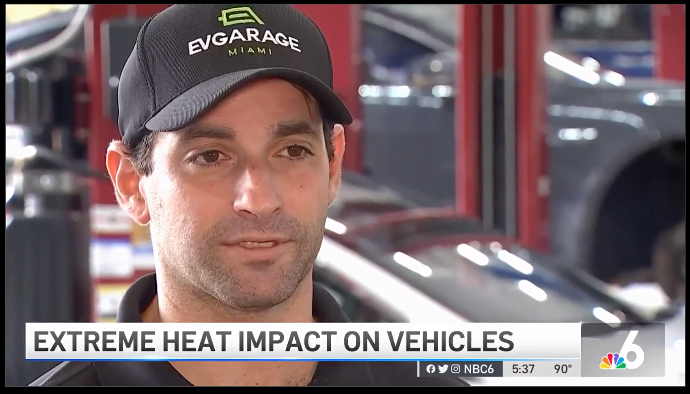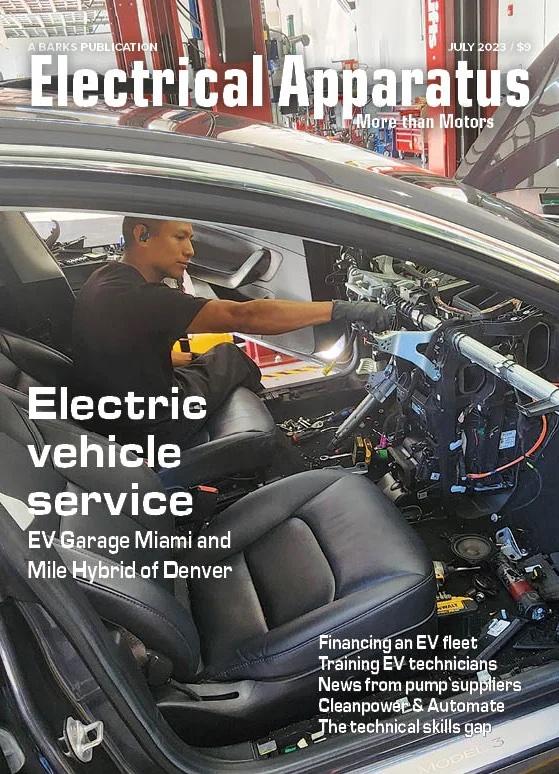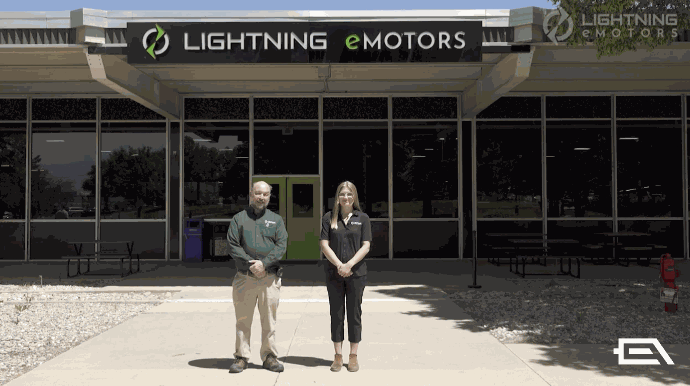Reading time: 7 minutes
Author: Ev Garage Marketing Department
As the electric vehicle (EV) market continues to surge, Tesla stands out as a frontrunner, with its Model 3 anticipated to become the best-selling passenger car in the United States. The success of Tesla raises a pertinent question: Why are drivers increasingly choosing Tesla over traditional automakers like Ford, General Motors, and Volkswagen?
The Tesla Appeal
Tesla's allure lies in various factors. Some opt for Tesla because it's an EV, while others are drawn to its cutting-edge technology and distinctive design. The brand's non-traditional image and the presence of its proprietary charging station system, the Tesla Supercharger, further enhance its appeal. Notably, the absence of the traditional dealership experience plays a pivotal role in making Tesla's electric vehicles particularly enticing to consumers.
Dealership Problems
The traditional dealership model is facing criticism for its handling of EVs. Reports indicate that potential EV buyers often leave dealerships disappointed due to a lack of knowledge among salespeople. Legacy automakers struggle to effectively market their EVs, resulting in unsold electric vehicles accumulating on dealership lots. Experiences from various individuals encounter with a Kia, Ford or different dealers, shed light on the challenges customers face when buying and servicing EVs at traditional dealerships.
Rumors and Revenue Streams
Dealerships, reliant on multiple revenue streams, including service centers, are hesitant to aggressively promote EVs. Sales teams are allegedly spreading misinformation about EV charging capabilities, contributing to the prolonged sales process. The profitability of service visits for traditional vehicles compared to EVs further discourages dealerships from prioritizing electric models. Sales professionals frequently lack comprehensive training in selling electric vehicles (EVs) or in-depth knowledge of the underlying technology.
The Washington Post article highlighted instances where dissatisfied customers reported dealers attempting to redirect their attention to gasoline-powered cars and providing inaccurate or unclear responses to questions about charging and the everyday use of electric vehicles. Customers, in response, express a strong desire to fully understand the technology behind electric vehicles, including the charging process and other relevant details.
The Sierra Club's survey at the end of 2022 highlighted a significant concern: 66 percent of dealerships reported not having an electric vehicle (EV) available for sale. This data underscores the challenges customers face in accessing and understanding EV technology, revealing a substantial gap in both the availability and promotion of electric vehicles at traditional dealerships.
Adding to this, an analysis conducted by the U.S. Bureau of Labor Statistics revealed a noteworthy distribution of dealers' gross profits. Only 16 percent is attributed to new car sales, while a substantial 43 percent is derived from parts, labor, and service. It is important to note that the remaining profits come from used car sales, financing, and incentives. The analysis previously discussed highlights the crucial role of service-related revenue streams in bolstering dealership profitability, providing insight into the broader economic dynamics that influence the traditional dealership model.
Adding to this perspective, it's essential to note the distinct characteristics of gasoline-powered cars compared to electric vehicles (EVs). Gasoline cars are characterized by approximately 100 times more moving parts, introducing higher complexity and the potential for increased maintenance issues. Numerous studies consistently affirm that EVs boast lower maintenance costs when contrasted with their traditional counterparts. For example, a standard gasoline-powered car typically necessitates an oil change every six months or every 5,000 to 7,500 miles. In contrast, many electric cars demonstrate minimal servicing requirements until they approach approximately 150,000 miles. This disparity underscores not only the efficiency of electric vehicle technology but also the economic advantages and long-term sustainability that EVs bring to the automotive landscape.
Relying on Alternatives
Recognizing the limitations of traditional dealerships, some initiatives aim to improve the EV shopping experience. Tesla owners and the Chargeway app are actively working to educate potential EV buyers. Tesla's community-driven approach fosters a supportive environment, while the Chargeway Beacon kiosk serves as a valuable tool for educating customers on charging infrastructure.
The Dealership Dilemma
The historical roots of the dealership model, dating back to the 1950s, continue to influence the automotive industry. Despite evolving consumer preferences and advancements in technology, laws and agreements established with legacy automakers maintain the dealership-centric approach. This poses a challenge for non-Tesla EV buyers, who must navigate a system struggling to adapt to the changing landscape.
Adding to the complexity, automobile transactions in the United States hold a unique status compared to other commercial dealings. Before World War II, individuals used to acquire their personal vehicles from large retail department stores, directly from manufacturers, and even at fuel stations. However, during the 1940s and 1950s, the landscape shifted as predominantly family-owned dealerships contended that dominant automakers had the potential to undercut their sales, posing a threat to their business sustainability.
Now, as the Biden administration aims for a substantial shift toward electric vehicles, with a target of up to two-thirds of new cars sold in the United States being electric by 2032, the role of dealerships becomes pivotal. Automakers' significant investments in EVs may face challenges if dealerships do not align with the changing dynamics of the automotive market, potentially hindering the country's electric transition. The need for adaptation in the dealership model is emphasized as the automotive industry stands at the intersection of historical traditions and the evolving demands of a sustainable future.
Breaking the Mold
Tesla's direct-to-consumer model stands out in the electric vehicle market. Unlike traditional dealerships, Tesla showrooms offer a hands-on experience without the pressure of salespeople. Customers can order vehicles online and have them delivered to the showroom. This model contrasts with the challenges of traditional dealerships in displaying and selling electric vehicles.
Innovative Solutions
As electric vehicles become more prevalent in the automotive market, dealers will need to innovate. Following Tesla's success, alternative sales models, such as partnerships with retail giants like Costco or online platforms like Amazon, which have conditioned consumers to expect a frictionless shopping experience, are redefining the shopping experience. Dealerships could consider offering concierge services to match new EV owners with experienced counterparts or provide charging station installation services to enhance customer satisfaction.
Amazon and Tesla have influenced consumer preferences towards convenient online transactions, compelling traditional dealerships to adapt to remain competitive.
While bureaucratic hurdles and established dealership systems pose challenges to immediate change, the rising prominence of EVs demands adaptation. Dealerships must reevaluate their strategies to align with evolving consumer preferences and ensure a seamless transition to electric mobility. The shift towards innovative sales models, akin to Tesla's approach, might be the key to securing a lasting place for legacy automakers in the electric future.
EV Garage Miami has the experience and expertise to simplify the EV adoption process and fuel economy, for more affordable EVs.
